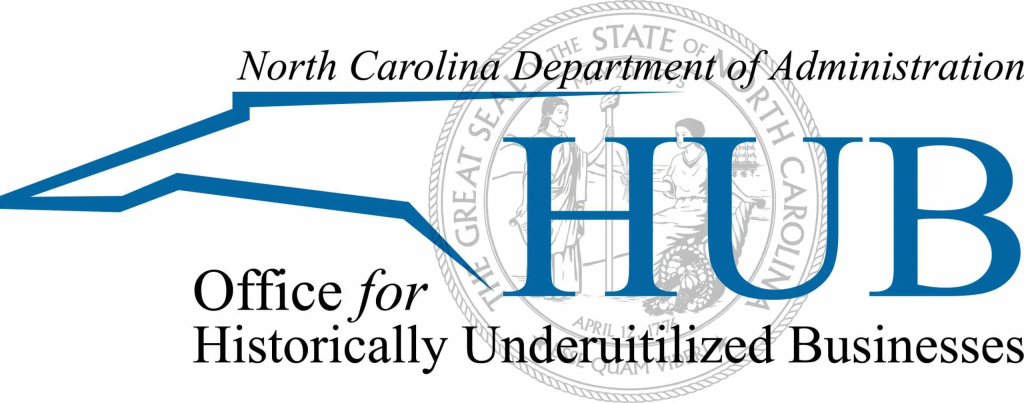If you have spent a significant amount of time in the procurement landscape, especially public procurement, you are aware of supplier diversity efforts implemented to ensure that suppliers owned by minority groups are getting their fair share of business. These efforts seek to undo the historic underrepresentation that minority-owned businesses face.
Supplier diversity in procurement has led to initiatives established for a wide range of disadvantaged groups, including, but not limited to:
- Minority-owned
- Women-owned
- LGBTQ-owned
- Veteran-owned
- Businesses owned by people with disabilities
- Small businesses
Several government programs have been created so that public procurement and sourcing staff can benchmark their actual spend against their supplier diversity initiatives and goals. Depending on jurisdiction, these are frequently known as HUB (Historically Underutilized Businesses) or DBE (Disadvantaged Business Enterprise). What’s the difference? The short answer is that they are based on similar criteria but are separate designations. We go more in depth on the differences in this blog post.
The important thing to know is that no matter what you call your initiatives or how they are specifically defined, they can be efficiently tracked.
Benchmarking Supplier Diversity
The reasons to implement a supplier diversity program are plentiful. Not only is it a way for your organization to give back to the community, but it can provide tangible dividends for your organization, including bringing in new ideas and innovation and promoting healthy competition. It also allows you to promote your organization as one that stays true to its company values in a way that is presentable and measurable. Essentially, you can show that you “back it up” with real dollars in a way that makes a real difference to your community.
Tracking this data is a lot of work, but there are some best practices to employ to ensure that you aggregate and report on your supplier diversity spend in a way that is easy to present and understand. For example:
- Track spend across different departments. This gives you a bigger picture of where specific improvements can be made within your entire organizational spend.
- Visualize the data in a way that is easy to understand. This way you can easily share key insights with stakeholders and management.
- Define benchmarks and compare running data against them. Whether your benchmarks are defined internally or mandated outside your organization, customize your reporting to show if you are meeting those goals, and where you can improve.
- Visualize spend trends month-over-month to show how your supplier diversity spend ebbs and flows throughout the year.
- Breakout specific details of your supplier diversity spend, for example what percentage of your DBE or HUB spend is women-owned, minority-owned, etc.

Supplier Diversity Spend Monitoring from Card Integrity
Card Integrity takes all the work out of putting this reporting together with our specialized HUB/DBE spend reporting. This service is offered as an extension of our flagship DataWISE expense monitoring tool for monitoring procurement spend as a whole. Fill out the form below to see the reports in action in a free online demo.





